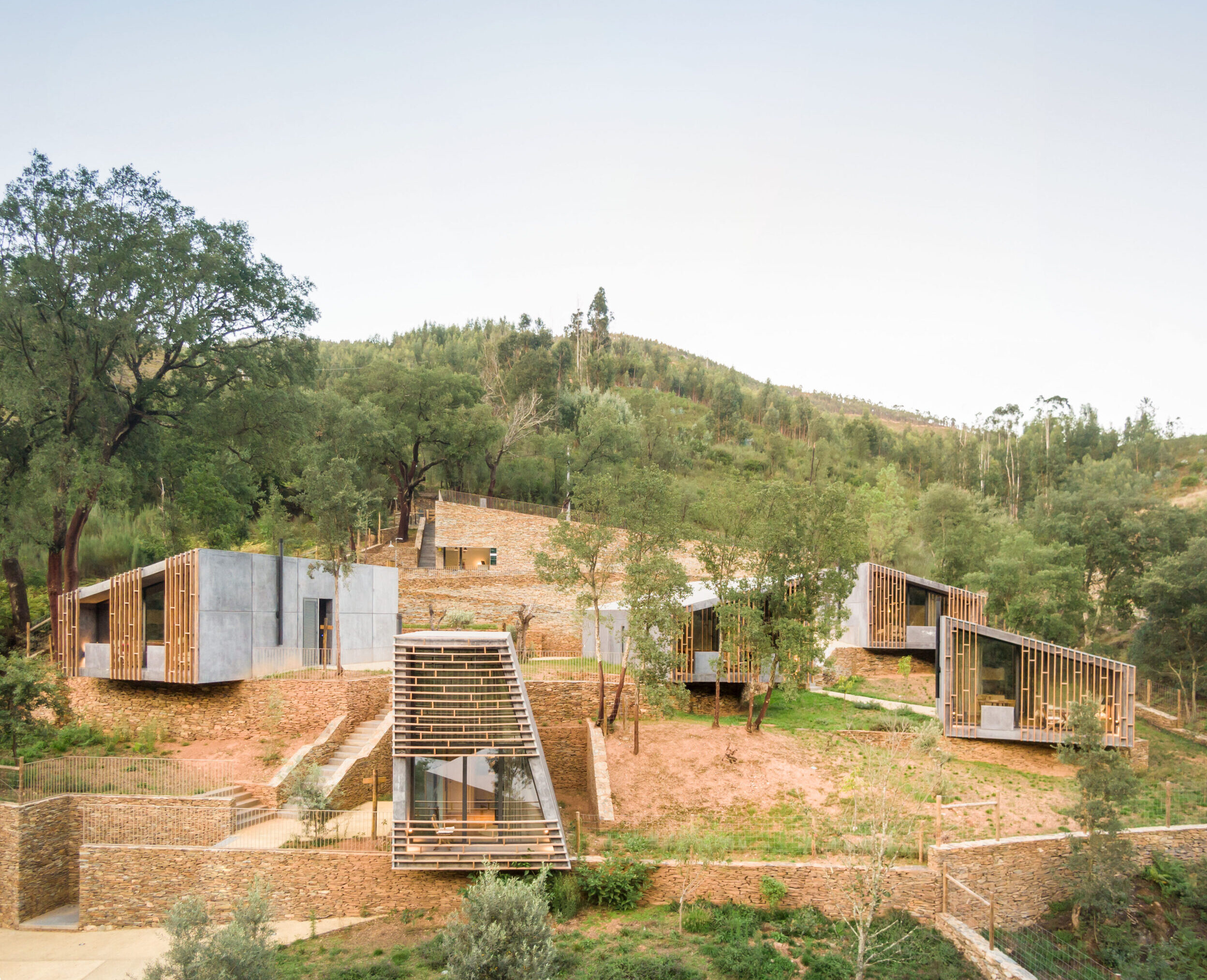One of the industry's biggest votes on design innovation is officially underway — help select the winners of the 2024 A+Product Awards! VOTE NOW >
They say good things come in small packages. While I’m not sure who “they” are, I’m about to tell you why, in this case, they are very much correct.
Tiny house communities have been popping up worldwide, and no, we aren’t talking about a rebranding of trailer parks (caravan sites for British readers) — this is something on a whole other level. The idea of affordable scaled-down housing is similar in each case, but tiny house communities offer so much more to their residents than mere shelter.
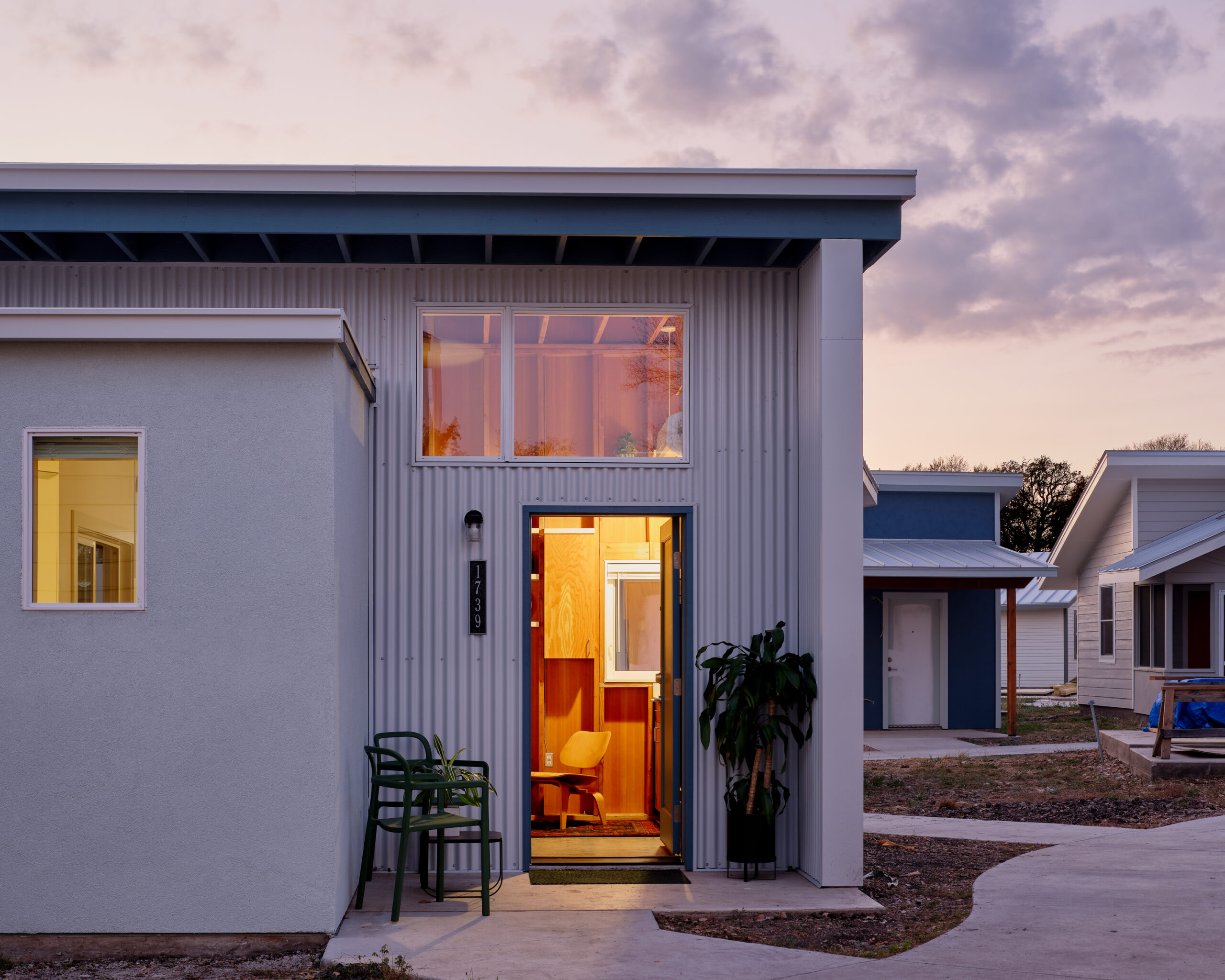
-
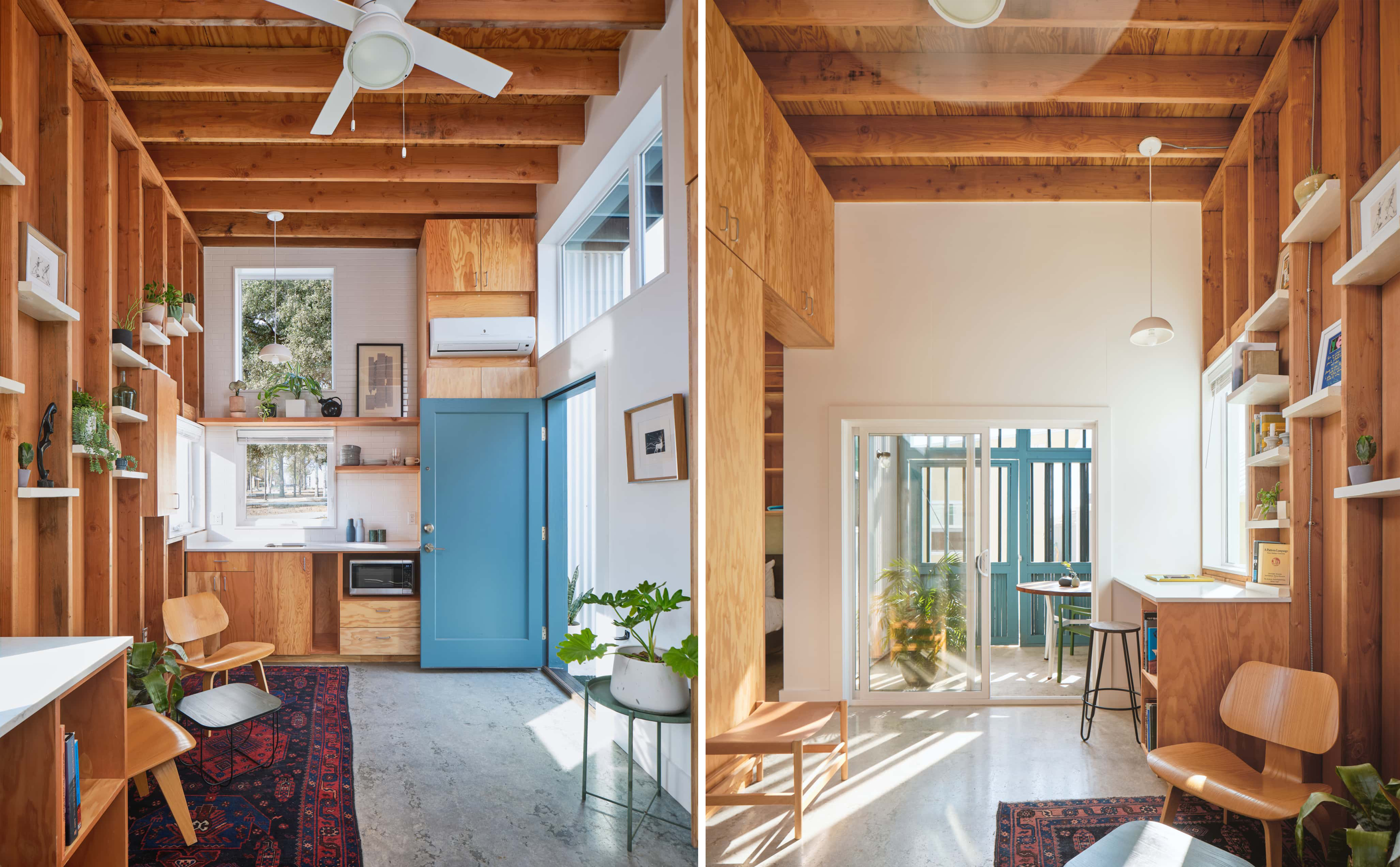
Tiny Victories by Chioco Design, Austin, TX, United States. Photographs by Leonid Furmansky
The tiny house movement didn’t spontaneously emerge; it was a calculated response to a series of societal shifts that questioned the very foundations of homeownership and community. If we trace its lineage, we find roots in the countercultural movements of the 1960s and 1970s, where the seeds of minimalism and environmental consciousness were first sown.
However, it was the 2008 financial crisis that served as the catalyst to the widespread emergence of the concept throughout the United States. The crisis didn’t just shake economic pillars; it shattered illusions. The sprawling suburban homes, once emblems of success, were now millstones around the necks of homeowners drowning in debt. This period of financial strife forced a reevaluation, a collective soul-searching that led to the rise of the tiny house ethos.
However, viewing the tiny house movement as a purely American phenomenon would be parochial. Globally, the concept of minimal living spaces has historical precedence. Take, for instance, Japan’s long-standing tradition of compact, multi-functional spaces, epitomized by the ‘machiya’ townhouses, where the philosophy of ‘Ma’ — the value of the space between objects — has been celebrated for centuries. Or consider the European co-housing models that gained traction in the 1960s in Denmark, designed to foster communal living and resource sharing. These international influences are integral chapters in the evolving story of the tiny house movement.
On the surface, the allure of downsizing might seem purely financial — after all, who wouldn’t be enticed by the prospect of escaping the clutches of mortgage debt or the relentless cycle of rent hikes? While lower utility bills come hand in hand with smaller space, take a deeper look, and you’ll find a complex ecosystem of shared resources that extends far beyond the monetary.
-

Monarch Village by Studio 804, Inc. KS, United States
Communal gardens that double as food sources and shared solar grids that lower and often eliminate utility costs are not uncommon in tiny house communities. Many of these places adopt a living model of a circular economy, where waste is minimized and resources are optimized, making them excellent places for the eco-conscious among us.
Yet, perhaps the most compelling currency exchanged in these communities is not material but emotional. In a time when loneliness has been dubbed an “epidemic,” the value of a supportive community cannot be overstated. The tiny house movement taps into the human need for connection and mutual aid, offering a remedy to the social isolation that is exacerbated by our digital lives.
Tiny house communities are a manifestation of what sociologists refer to as “social capital” — the networks of relationships that enrich our lives and provide us with emotional sustenance that can’t be quantified. Paired with a social circle of people from various backgrounds and skill sets, tiny house communities are often hubs of education, skill sharing and support.

-
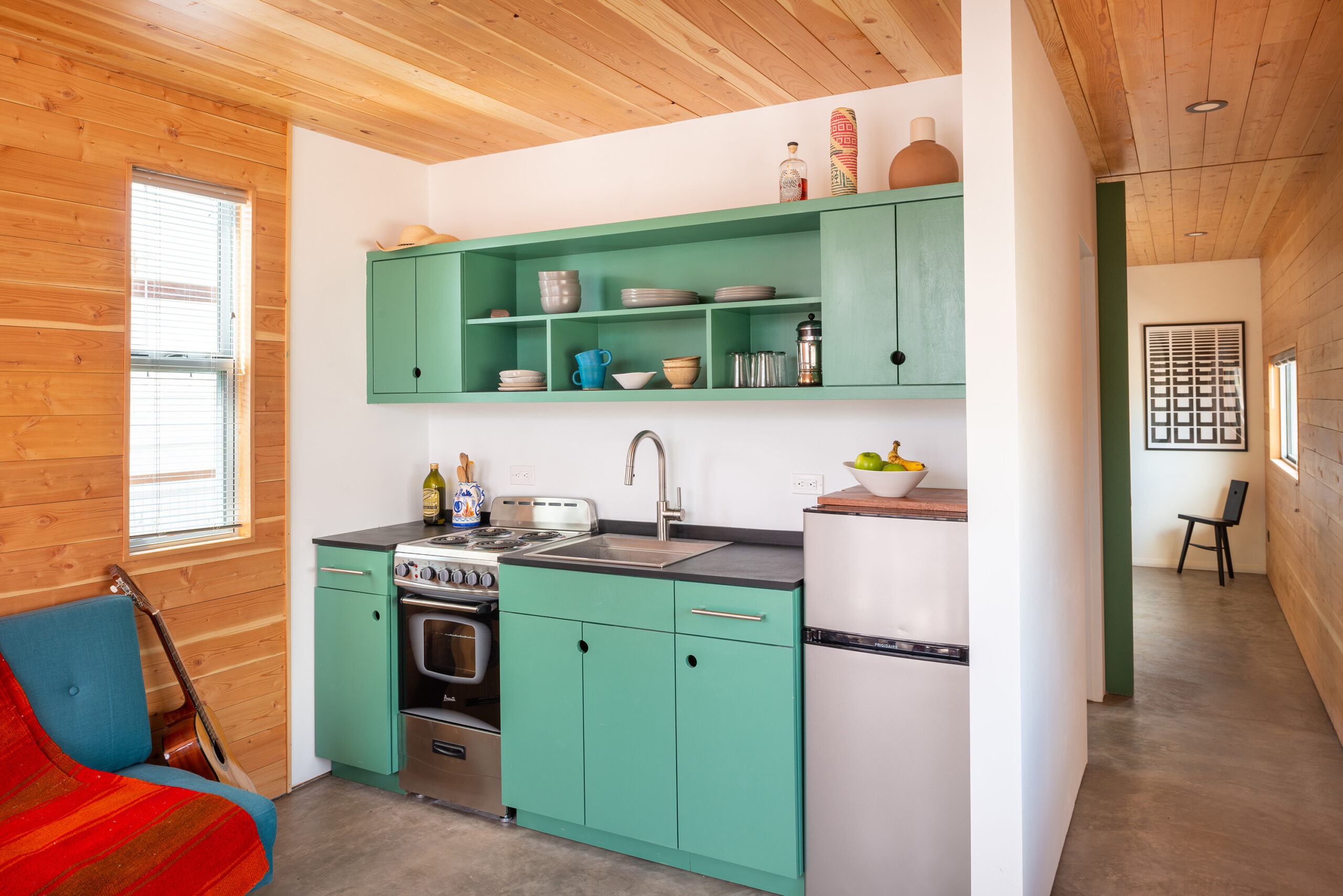
The Goat Heads by candid-works, Marfa, TX, United States. Photographs by Mary Lou Saxon
While the benefits of tiny house communities are easy to see, they are also an exciting opportunity and a playground of architectural ingenuity. The fact is, to make a house tiny and also functional and, even more importantly, comfortable, each tiny house needs to be a bespoke marvel, a testament to the architect’s ability to distill functionality and aesthetics into a confined space, and a series of homes that work seamlessly with their location.
The scale of tiny house projects, far from being a limitation, is perfect for innovation. It’s here, in these micro-homes, that architects are pushing boundaries — experimenting with modular designs, kinetic elements and smart materials. The reduced scale allows for a more agile development cycle, lowering costs and allowing for adaption easily. Essentially turning these communities into real-world labs for new sustainable technologies.

-
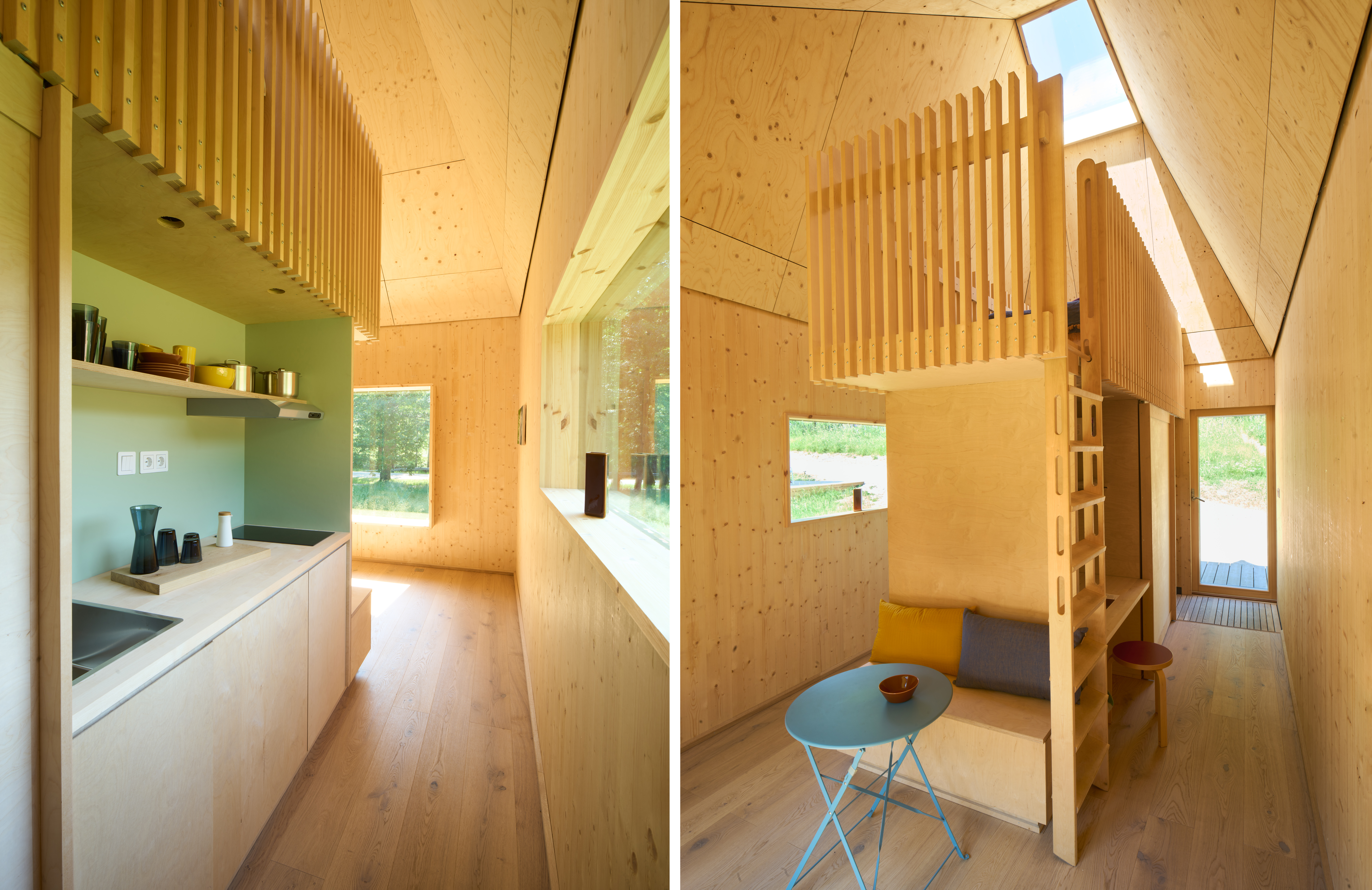
“KORE” house by Wood Program – Aalto University, Helsinki, Finland. Photographs by Kimmo Räisänen
And let’s not overlook the furniture. Minimal space requires maximum ingenuity, and so often can these tiny homes showcase innovative furniture designs that change and adapt to the daily cycle of the home. They are designed to have multiple functions and are meticulously crafted transformative elements that serve diverse needs without surrendering an inch of style.
From experimenting with vertical farming on shared green spaces to integrating AI-driven energy management systems, these communities are becoming hotbeds for urban innovation. It’s clear to see that the tiny house community model offers a unique opportunity to address some of the most pressing challenges of our time. From urban planning reevaluation to environmental safeguarding, this not-so-new way of thinking about how we can and should live is striking a cord across the globe.
As we move further into the 21st century, the very notion of what constitutes a “home” is undergoing a seismic shift. The younger generation, disillusioned by the trappings of material excess, are gravitating towards a life where experiences trump square footage. Could it be that tiny house communities are not just an alternative but an answer, aligning seamlessly with this newfound ethos? They offer more than just a roof and four walls; they offer a redefined sense of community, a laboratory for sustainable living, and, above all, a lifestyle choice that challenges the conventional norms of success and happiness.
One of the industry's biggest votes on design innovation is officially underway — help select the winners of the 2024 A+Product Awards! VOTE NOW >

